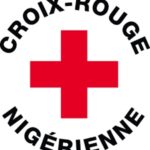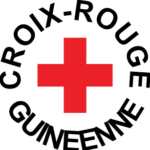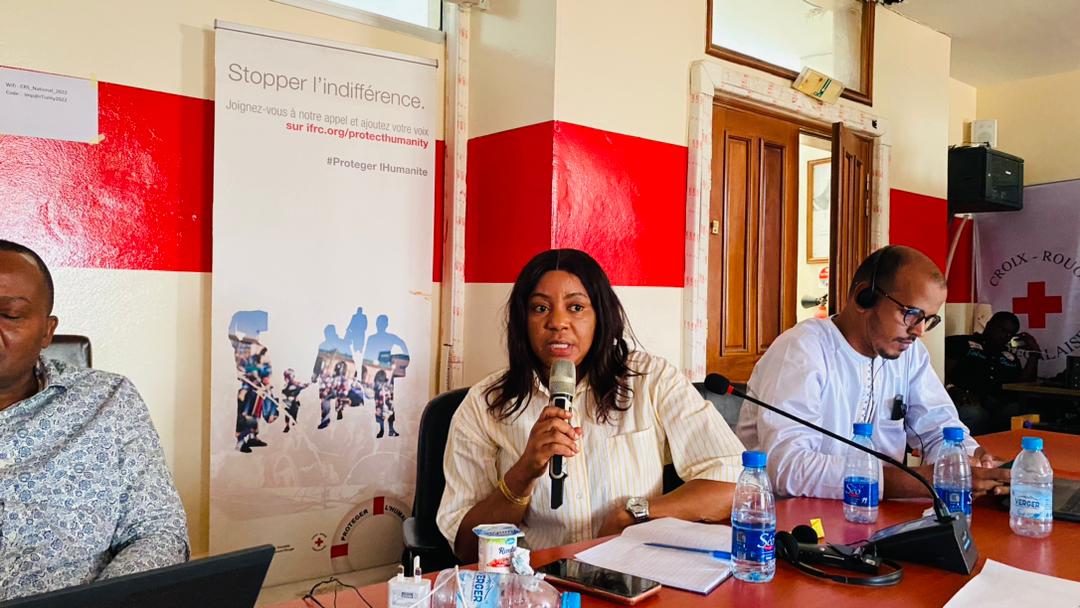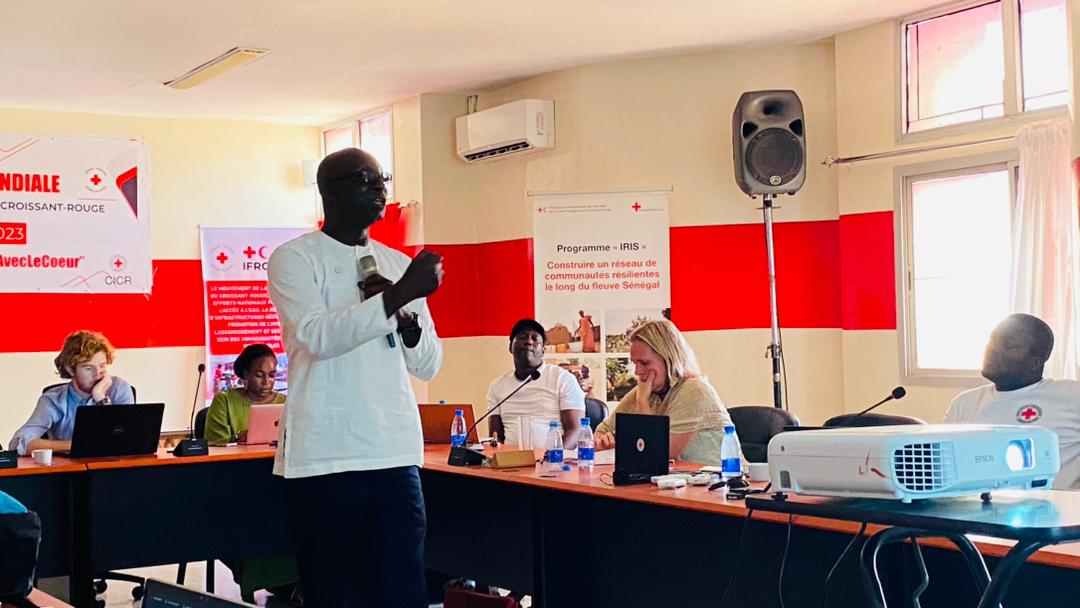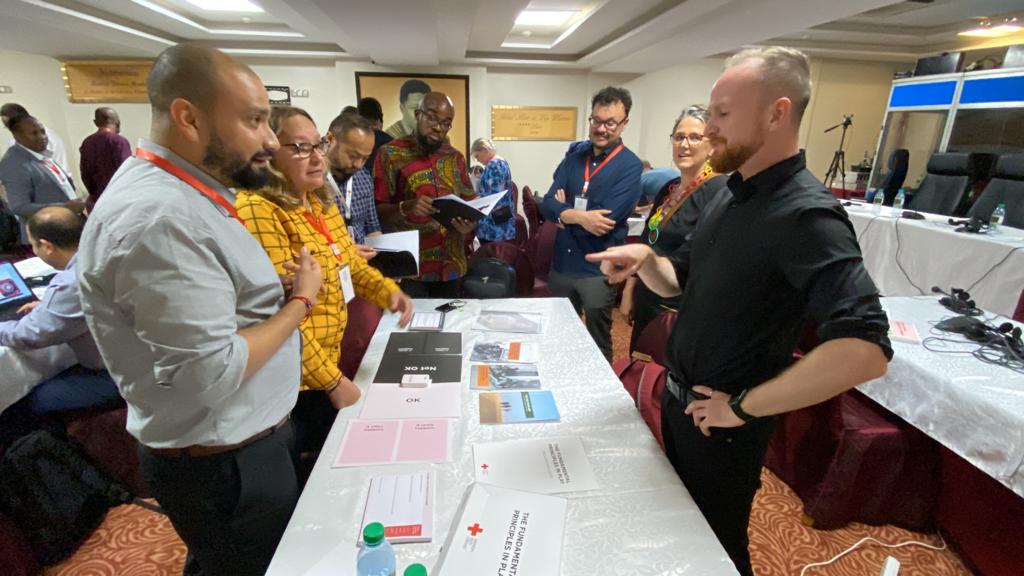Migration
The Sahel+ Migration Technical Group’s mission is to offer a framework for reflexion, research, sharing of experiences, skills, information and lessons learnt, and for cooperation on migration issues, between Sahel+ members, and other RC/RC Movement stakeholders.
“By doing so, the group’s main objective is to reduce the vulnerabilities of migrants and displaced persons in the Sahel region, mitigate the risks they are exposed to, address discrimination, and facilitate their inclusion and access to services – in view of building the resilience of all concerned persons and communities”
The Sahel+ Migration Technical Group also seeks to engage with other stakeholders and speak with one voice in regional and global platforms. Our members have presented their common perspective on migration and displacement during webinar on cross-border mobility and climate change on the side of the 45th session of the Human Rights Council (on 24 September 2020), at the Red Cross and Red Crescent Virtual Climate Summit (from 9-10 September 2020), at the Global Forum on Migration and Development in Quito, Ecuador (from 19-24 January 2020), and at the first Global Refugee Forum held in Geneva (from 16-18 December 2019).
The group also has representatives in the RC/RC Movement’s Global Migration Task Force.
An intra-regional phenomenon.
Dangerous routes through deserts and seas.
Double impact of conflict and climate change.
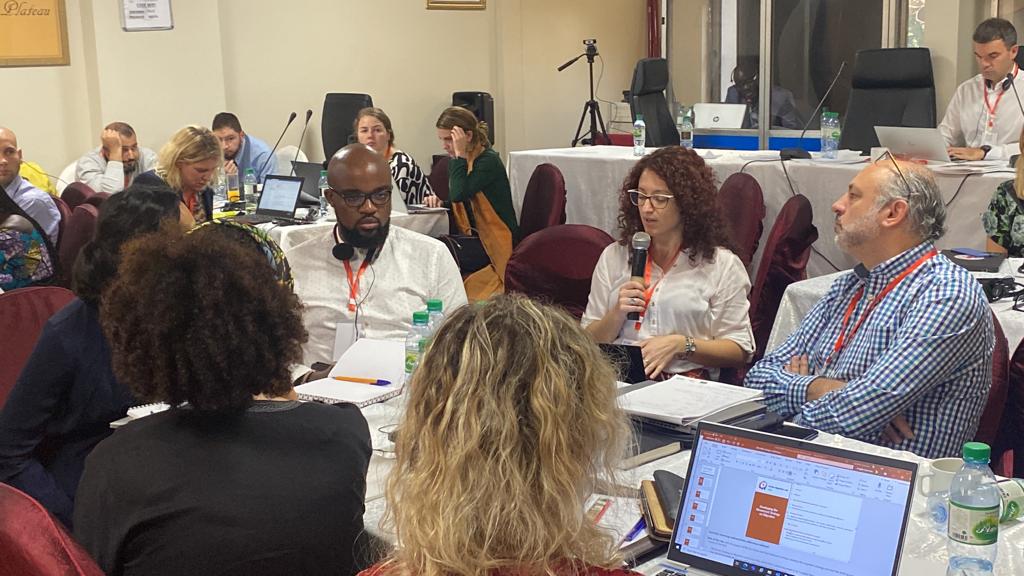
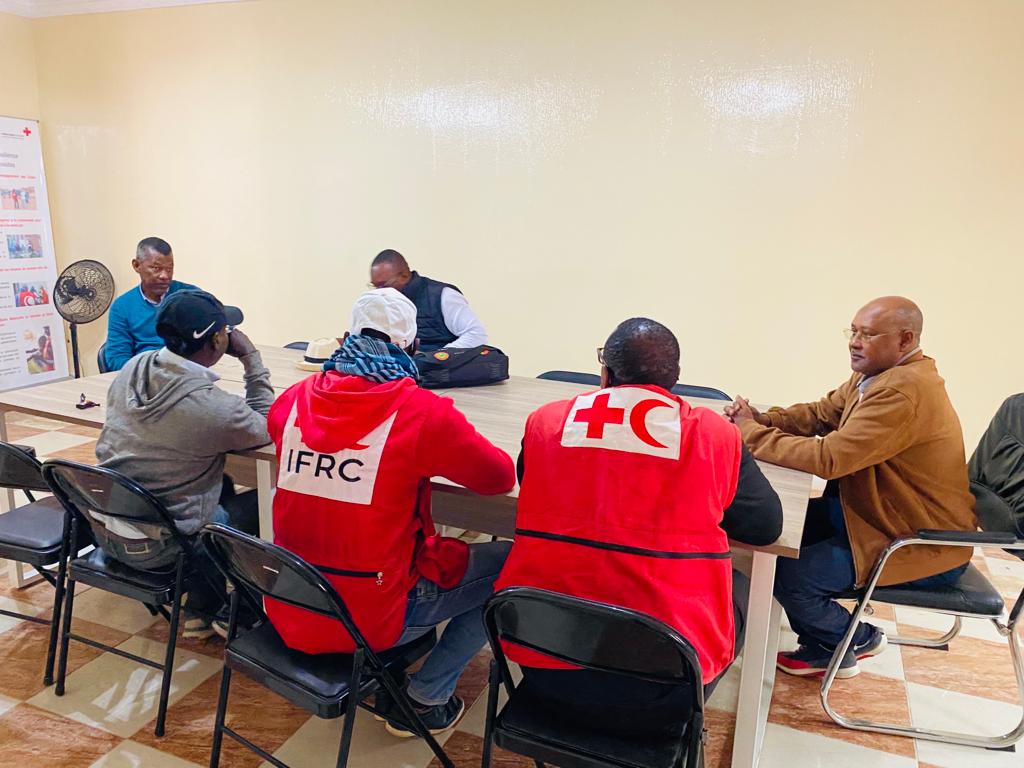
Our Projects
CONTACT US
Lorem ipsum dolor sit amet, consectetur adipiscing elit, sed do eiusmod tempor incididunt ut labore et dolore magna aliqua.
How can we help? *
Latest news
